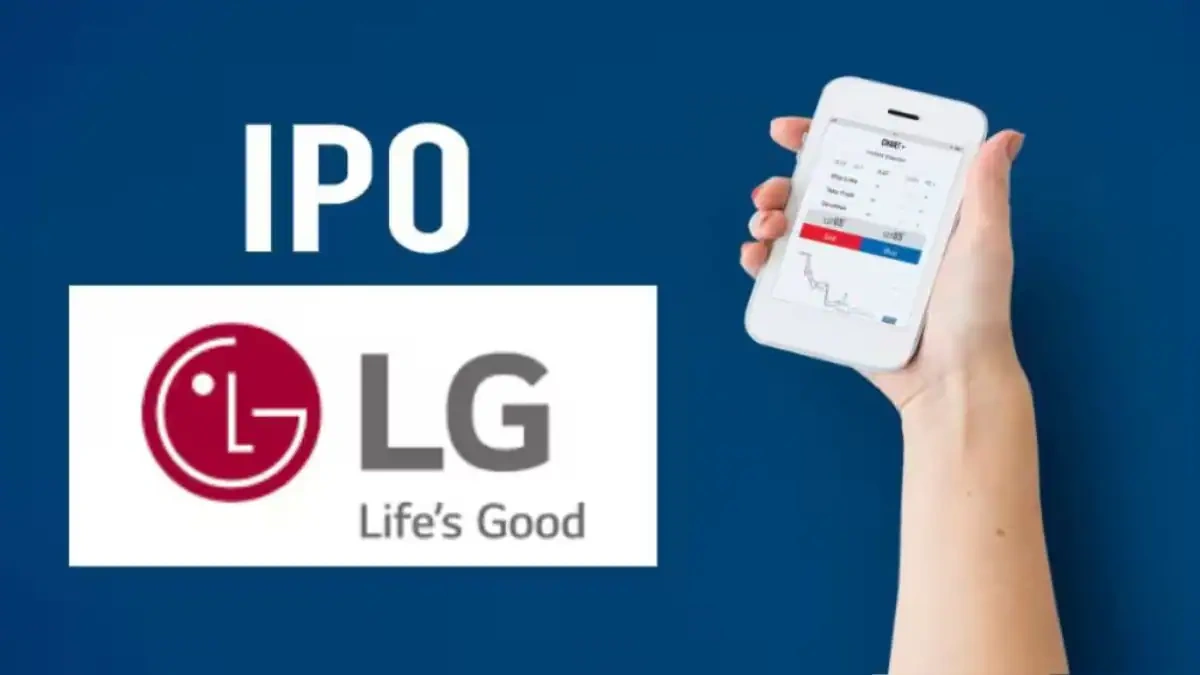WeWork IPO GMP | Why This Matters to You (Even If You’re Not Investing)
WeWork. Remember that name? It was supposed to revolutionize office space, but the first IPO attempt spectacularly flamed out. Now, the ghost of WeWork’s past is back in the news with whispers of a new IPO. The big question is: Why should you, sitting in India, care about the WeWork IPO GMP (Grey Market Premium)? It’s not just about stock prices; it’s a cautionary tale about valuations, hype, and the future of work itself. Let’s unpack this.
The Rise and Fall (and Possible Rise Again?) of WeWork

Let’s be honest – WeWork’s initial story was intoxicating. Sleek offices, kombucha on tap, a “community” vibe – it was the Silicon Valley dream, applied to office space. They weren’t just renting desks; they were selling a lifestyle. But here’s the thing: beneath the surface glittered a business model riddled with problems. Sky-high valuations, fueled by SoftBank’s massive investments, masked unsustainable losses. And then, the 2019 IPO filing happened. It revealed the messy truth, and the IPO was pulled in dramatic fashion. The Grey Market Premium, once a bullish indicator, vanished faster than free beer at a startup party.
So, what’s a Grey Market Premium (GMP) ? It’s essentially an unofficial, pre-IPO market where shares are traded before they’re listed on the stock exchange. It gives an indication of what investors think the listing price will be, and whether there’s appetite for the stock. A high GMP generally means positive sentiment; a low or negative one, not so much. But it’s not an exact science and can be easily manipulated, so take it with a grain of salt. I’ve seen many instances where the GMP promised the moon, but the stock landed with a thud.
Why India Should Pay Attention to WeWork’s Second Act
Okay, so WeWork had a rough start. But why does this Silicon Valley saga matter to someone in India? For a couple of key reasons:
Firstly, it highlights the dangers of overvaluation and hype, a lesson relevant to India’s own booming startup scene. We’ve seen several Indian startups aiming for IPOs, and the WeWork debacle serves as a stark reminder to look beyond the marketing and assess the underlying financials. Are the numbers real? Is the business model sustainable? These are questions every investor – big or small – should be asking.
Secondly, WeWork’s story is intertwined with the future of work – a future that India is rapidly embracing. The rise of freelancing, remote work, and the gig economy is changing how we think about office space. WeWork’s initial vision – providing flexible, collaborative workspaces – still has merit, even if their execution was flawed. The question is: can they adapt and build a viable business in the post-pandemic world? Places like Canara Bank have also evolved, indicating shifts in the financial and professional landscape.
WeWork’s New IPO | What’s Different This Time?
WeWork actually went public via a SPAC (Special Purpose Acquisition Company) merger in 2021, not a traditional IPO. A SPAC is basically a shell company that raises money to acquire an existing private company, taking it public without the usual IPO rigmarole. So, while there might not be a new traditional IPO, the company continues to evolve, and its performance is still relevant. Let’s be clear – a SPAC isn’t always a magic bullet. It can be a faster route to the stock market, but it also comes with its own set of risks and complexities.
I initially thought this was a straightforward comeback story, but it’s way more nuanced. The company has undergone significant restructuring, including leadership changes, cost-cutting measures, and a renewed focus on profitability. They’ve also adapted to the changing landscape of work, offering more flexible and tailored solutions. They’ve shifted focus to enterprise clients, providing office space solutions for larger corporations, rather than solely relying on individual freelancers and small startups. As per reports, this strategy appears to be yielding some positive results, although profitability remains a challenge.
However, challenges remain. The global economy is uncertain, competition in the flexible workspace market is intense, and WeWork still carries a substantial debt burden. The key question isn’t just whether they can survive, but whether they can thrive. Another company in a different sector, Greaves Cotton , demonstrates successful adaptation to market changes, a lesson WeWork could learn from.
Decoding the GMP | A Grain of Salt Required
If you hear whispers about a WeWork IPO GMP , remember what we discussed earlier. While it can be an indicator of market sentiment, it’s not a foolproof predictor of success. Always do your own research. Look at the company’s financials, understand its business model, and assess the risks involved. Don’t get swept up in the hype. Let me rephrase that for clarity – Don’t let FOMO (Fear Of Missing Out) drive your investment decisions.
Also, consider the source of the GMP information. Is it coming from a reputable source, or is it just speculation? The grey market is unregulated, so there’s a higher risk of manipulation and misinformation. Treat any GMP figure with extreme caution, especially when it comes to a company with a history as turbulent as WeWork’s. I’ve seen too many investors burned by relying solely on GMP figures without doing their due diligence.
The Future of Work and the Lessons from WeWork
Ultimately, the WeWork saga is a lesson in humility for the startup world. It’s a reminder that even the most disruptive ideas need a solid foundation. It’s also a testament to the resilience of the human spirit and the adaptability of businesses. The future of work is still being written, and WeWork – in some form or another – is likely to be a part of that story. And that, my friend, is why you should care, even if you’re not planning to invest a single rupee.
FAQ Section
Frequently Asked Questions
What exactly is a Grey Market Premium?
It’s the premium at which shares are traded in an unofficial market before they are officially listed on the stock exchange.
Is the Grey Market Premium a reliable indicator of IPO performance?
No. While it reflects market sentiment, it’s not always accurate and can be easily manipulated.
Why should I care about WeWork if I’m in India?
It provides valuable lessons about startup valuations, the future of work, and the importance of due diligence when investing.
Did WeWork have an actual IPO?
WeWork became a public company via a SPAC (Special Purpose Acquisition Company) merger.
What are the key risks associated with investing in WeWork?
Competition, debt burden, and an uncertain global economy are some of the risks.
Where can I find reliable information about IPOs?
Consult official regulatory websites, financial news outlets, and conduct thorough research before investing.













